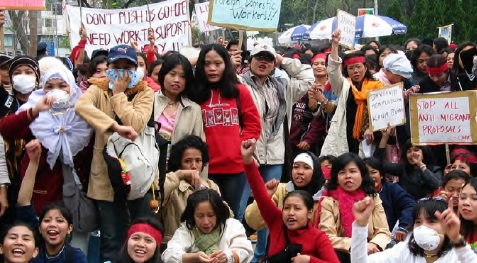Migration Virtual Hub - Philippines

The Philippines is primarily a labour-sending country and has one of the largest emigrant populations in the world. In the 1970s the government institutionalized labour migration as a development strategy, and since that time a culture of migration has emerged. A 2005 survey found that 33 percent of Philippine respondents expressed a desire to migrate, despite the risks and vulnerabilities they are likely to face. Various factors have contributed to the Philippines becoming a major labour exporter, including what one think tank has called “the absence of sustained economic development, political instability, a growing population, double-digit unemployment levels, and low wages”. In recognition of this, and the fact that remittances account for a significant portion of gross domestic product, the government has aimed to facilitate migration for work. Despite domestic criticism, the government’s migration policy is considered a model in migration management in South-East Asia.
Country Context
Key Gender and Human Rights Issues
Key Stakeholders
Ratification Records and Compliance with CEDAW
- Discrimination
- Policy Measures
- Trafficking
- Prosecution
- Protection
- Prevention
- Employment
- Employment Contract
- Minimum Wage and Age
- Regulation of Employment Agencies
- Bilateral Agreements
- Reintegration
- Women's Access to Justice
Analysis and Conclusions
Recommendations
References
Other countries
Bahrain | Bangladesh | Cambodia | Hong Kong SAR (China) | India | Indonesia | Jordan | Lao PDR | Nepal | Philippines | Singapore | Thailand | United Arab Emirates